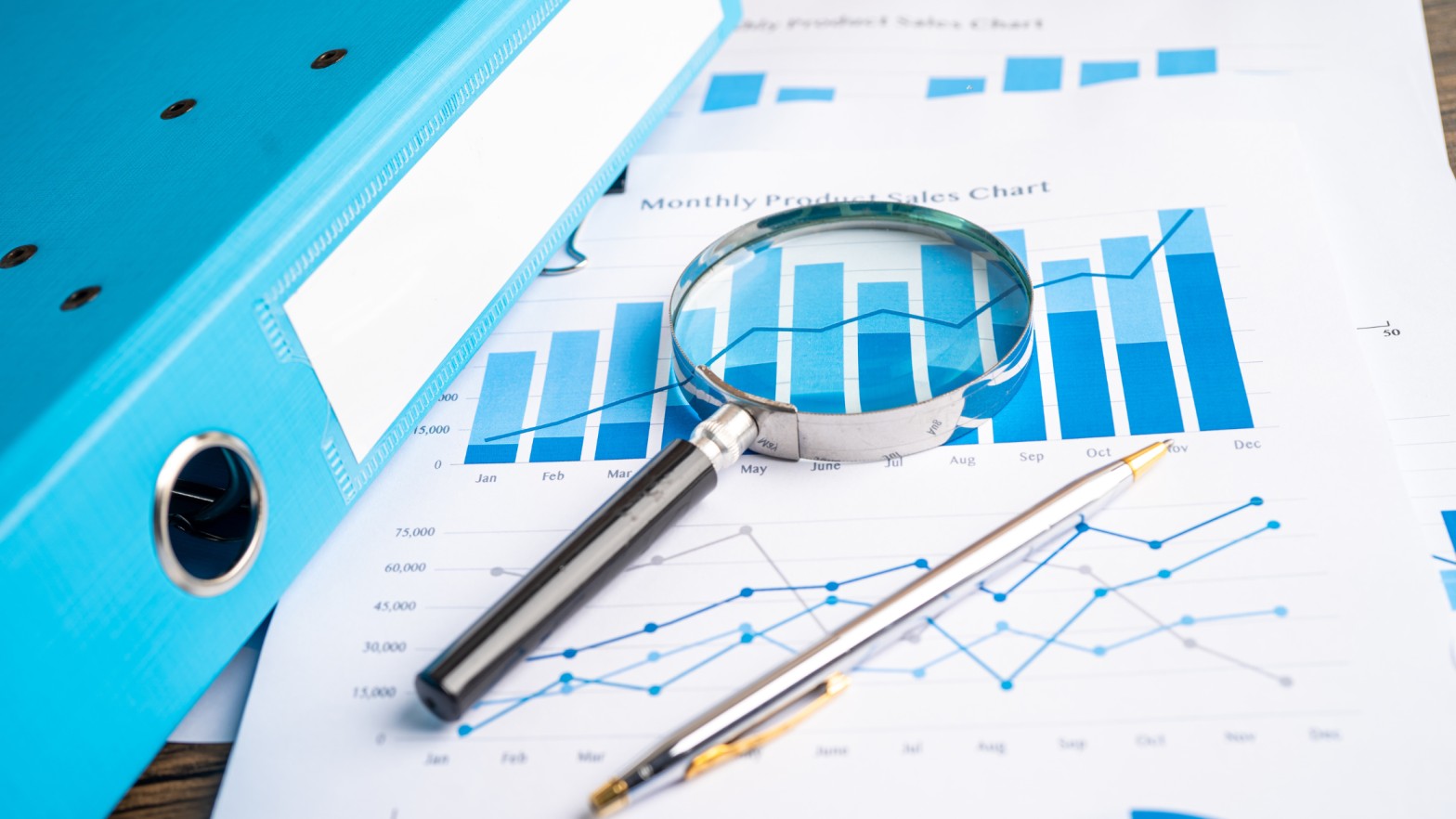- 10 09,2024
-
Alternative Data

Any information which is collected from non-traditional sources is considered alternative data. Any financial information that goes beyond corporate filings, press releases, earnings reports, and broker research comes under this.
Because alternative investment data offers a far more detailed picture of a market, industry, or trend and frequently includes important insights that can assist an investor in making more precise and knowledgeable investing decisions, it is considered a very valuable set of data. Any trusted alternative data provider can also help those that do use alternative data to stay ahead of the curve, predict market trends before they happen, and spot opportunities they might otherwise miss if they were solely relying on traditional data. This is because not all businesses or investors rely on alternative data.
Different Kinds of Alternative Data
The alternative data is divided into three primary subsets:
1. Created by people
2. Created by business procedures
3. Created by sensors
Created by people
Individually generated data is typically unstructured. It is mostly derived from social media, online portals, and app usage which can offer important insights of consumers. Brands need the insights from this data in order better to understand their performance and better their consumer loyalty. Another example of alternative data market source can be from expert interviews. It provides professional access to first-hand viewpoints from seasoned subject matter experts—such as thought leaders, past executives, customers, competitors, and partners—from a particular firm or industry.
Sentiment, both social and commercial, is another type of alternative data produced by individuals. An investor or corporate professional runs the danger of missing the underlying meaning in discussions regarding a particular company’s documents and transcripts if they are only depending on mention counts. Understanding the nuances of what a client, news source, or senior leader is saying helps in developing strategies and making more informed decisions. That being said, it should be understood that sentiment can be difficult for people to get right all the time, especially when dealing with voluminous amounts of data.
Created by business procedures
This is the alternative data provider which comprises information from government agencies, bank records, credit card transaction records, and commercial transactions. This data, which is typically structured, gives a decent picture of business performance and sales projections for the organization.
Created by sensors
This includes alternative data obtained from geolocation, weather forecasts, and satellite photos. Companies can use this unstructured data to gain insight into the behavior of their customers and sociological trends. Foot traffic, property specifics, and the atmosphere of a business are a few examples that can be useful for investors trying to gauge how profitable an opportunity will be.
Looking Into the Primary Applications for Alternative Data
Because alternative investment data is instantaneous, often updated, and gives additional context to specific patterns or performance measures that are otherwise unclear, it is valuable. The majority of its users are intrepid investors searching for unconventional investment approaches, but corporations and private equity firms can also benefit greatly from it by using it to better understand the market and inform their strategic choices.
- Due Diligence
Buy-side analysts obtain a comprehensive understanding of all possible advantages and hazards related to a proposed investment with the records from alternative data providers. Expert calls are especially helpful in this situation because professionals in the field may frequently provide unique insights and illumination into the inner workings of a business or sector.
- Portfolio Administration
Being timely is essential while monitoring investments and assets. Alternative data sources give analysts regular and timely updates, enabling them to identify, evaluate, and respond to any changes before they cause a significant loss.
- Competitive Gardening
Whether you are a company seeking to develop a winning strategy or a sell-side investor trying to obtain the complete picture of a market before your rival does, alternative data can fill in the gaps in competitive research. Alternative investment data can help you make better decisions and provide you a competitive edge because it is more up to date and current than standard financial data. A very important contribution of alternative data provider is that it helps in assisting strategic idea generation and competitor tracking.
- Purchase Sourcing
Alternative data is used by hedge funds, buy-side analysts, and private equity firms to identify projects that have the lowest risk and the highest potential return. Consumer information gathered by site scraping and social listening techniques, such as foot traffic, social media activity, and purchase preferences, can reveal how customers really feel about a company and how it compares to its rivals.
- Risk management and forecasting
One of the best methods to stay ahead of stock price fluctuations and evaluate the risks connected with a specific public company is through the use of alternative data. Online social sentiment and transaction data offer immediate, up-to-date insights on a business’s performance and how specific social movements or trends may impact it.
Expert opinions are especially helpful for forecasting results for specific businesses. These professionals have been there, so they can put raw data in perspective and clarify whether or not a specific market-moving event will have an impact on your bottom line.
FAQ
1. What distinguishes traditional data from alternative data?
Traditional financial data, such as financial statements, earnings calls, investment management guidelines, fundamental data sets, corporate presentations, and broker research, is typically disseminated by the firm’s investor relations department. Any financial data source other than these that has information that can influence market share prices is considered alternative data. Typical examples include product reviews, expert call transcripts, social media, and satellite imagery.
2. Who can benefit from using alternative data?
In the past, alternative data was only available to hedge funds due to its steep cost, but today it is used by investment firms worldwide, corporations, and private equity firms. At investment firms, algorithmic traders, also known as quants, rely on alternative data to build models for trading equities. Corporations use alternative data to inform many of their strategic decisions.
3. What disadvantages come with using alternate data?
Although alternative data is a very powerful storytelling tool, it’s vital to keep in mind that it only tells a portion of the tale. While technology can be a profitable tool for collecting and organizing data, it cannot completely replace the kind of careful investigation that only people can provide.
The fact that a lot of alternative data is obtained in dubious methods, especially when it comes to privacy, is another disadvantage. Although these intrusive methods of data collecting are currently subject to little regulation, this may not always be the case.
4. Why should you mix fundamental data with alternate data?
Although alternative data can effectively support your research, it is not comprehensive or trustworthy enough to completely replace primary data. By connecting technology and alternative data with fundamental research, you may reduce risk and increase trust in your ideas.

